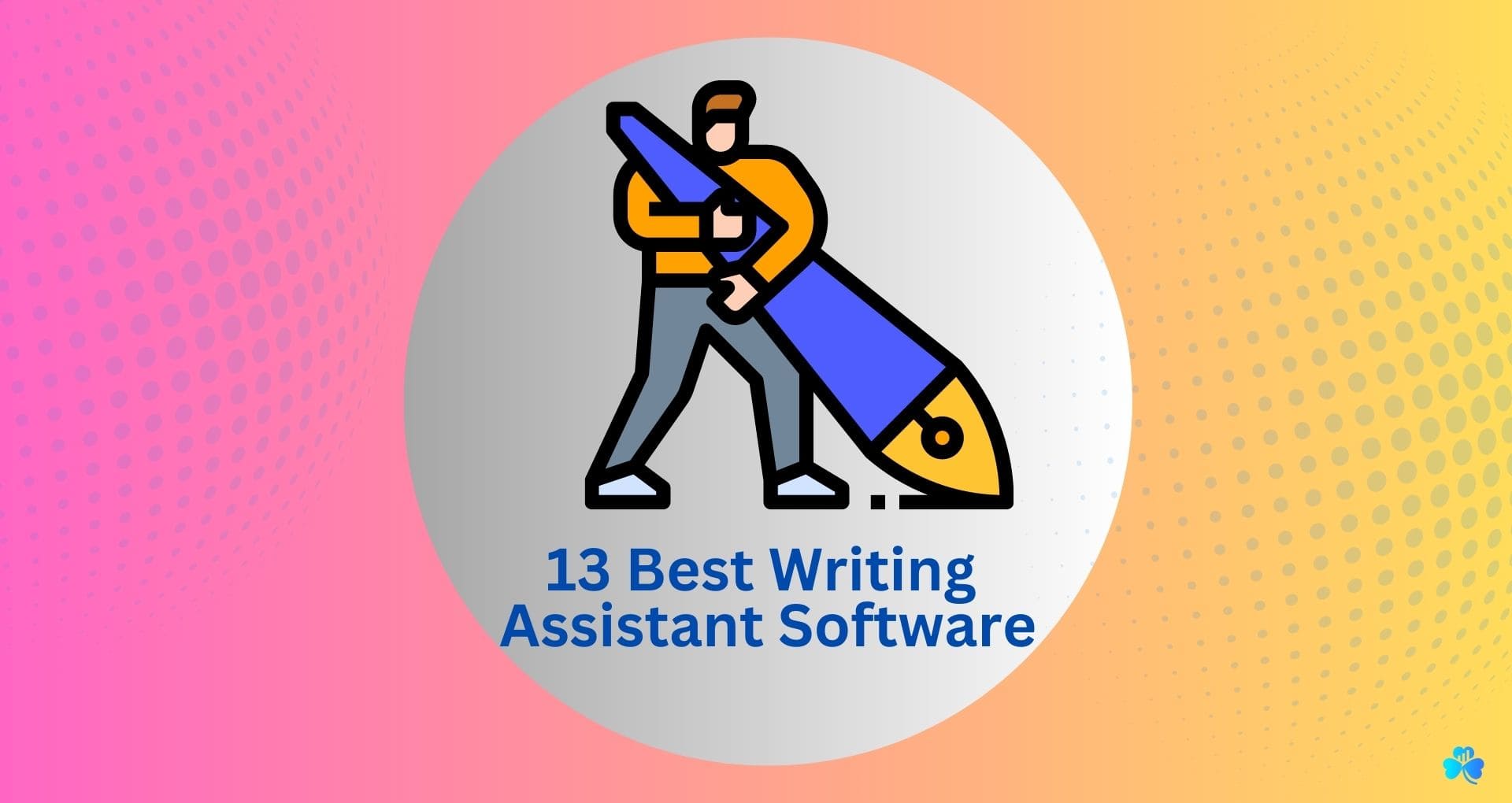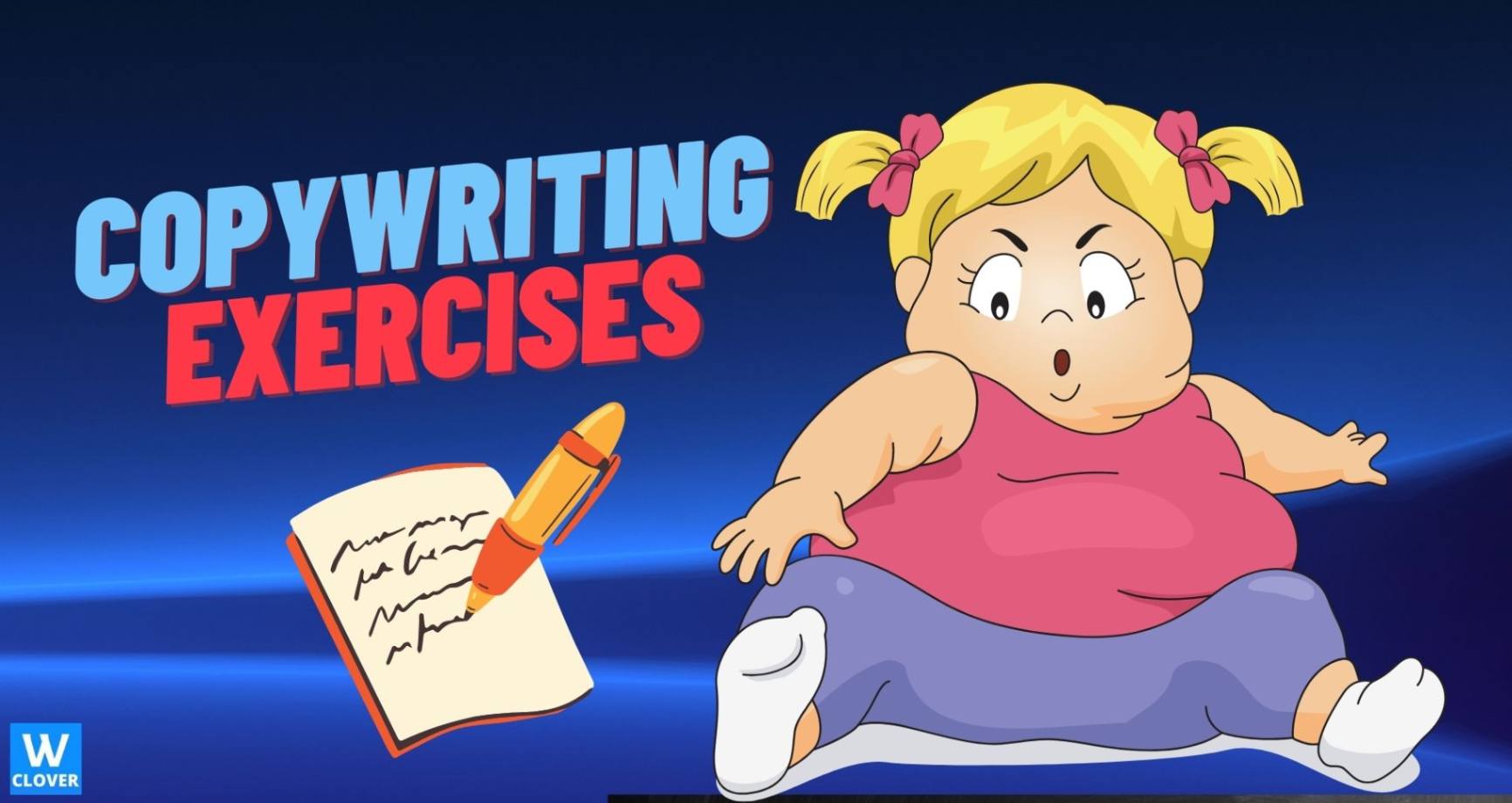these 25 proven Ninja copywriting exercises from world-renowned experts, will guarantee to explode your copywriting skills to new heights.
Our practical guide provides you with all the necessary exercises, to push you to cultivate your skills to new highs in record time.
By the end of this article, you’ll learn how to:
• write headlines, capture attention, create powerful calls to action, and more.
• You will be able to learn and write copy that persuades and spellbinds prospects to execute your desired commands.
• Not only will you learn the basics of copywriting, but you will also get access to the 25 exclusive tips and techniques used by some of the top world-class copywriters, in the form of exercises.
So let's get it!
This article might contain referral links from our chosen partners, that may bring us a small commission at no additional cost to you. Please read our disclosure page for more details.
What Is Copywriting and Its Exercises?
Copywriting is the art of creating persuasive and compelling messages aimed at selling a product or service.
It’s an essential tool for any business and can be used on anything from websites, ads, emails, and social media posts to sales letters and brochures.
Copywriting exercises help you become a master at crafting persuasive messages that are designed to get people to take the action you desire.
They are a great way to practice your skills, get feedback on what works and doesn’t, and become a powerful copywriter.
I would imagine that you must be wondering how can I practice copywriting.
Is it even possible for a beginner to learn copywriting when I don't have any prior experience?
Let's find out how it's done, shall we?
How Can I Practice Copywriting?
Copywriting may seem difficult when it comes to trying it for the first time, especially when you're a newbie.
you can definitely practice and hone your craft using the best copywriting exercises and skills.
You may know that Copywriting itself is a skill that can be achieved by anyone who is truly interested and passionate about it.
All you need is the right guidelines, and 6 core copywriting skills, that you must be aware of before starting .
Knowing about them is essential because it’s the key to your success, along with lot's of practice .
So let's find out what are the 6 core copywriting skills.
What Are The 6 Core Copywriting Skills?

As we have said earlier, there are 6 core copywriting skills that you must be aware of.
1. Understanding Your Audience: This is the most important part of your copywriting skill set, and it requires
research to understand what motivates them, what they need, and how best to interact with them.
2. Writing Persuasively: You need to be able to write in a way that engages your audience and encourages them to take action.
3. Creating Compelling Headlines: A great headline can make or break your copy, so it’s essential that you learn how to create captivating headlines that will draw the reader into the message.
4. Making It Seem Easy: You need to make the call-to-action seem easy and achievable so that your audience feels empowered to take action.
5. Using Visuals Effectively: Visuals are a great way to add impact and interest to your copy, so you need to learn how to use visuals effectively.
6. Writing for SEO: You must also understand how to write copy optimized for search engines so that it appears in the top query results.
These 6 core copywriting skills are essential to becoming a successful copywriter.
Now let’s get into the effective daily copywriting exercises!
25 Copywriting Exercises That Will Make You a Copy Pro!
Here are 25 daily copywriting exercises you won't find from online courses to help you become a magician in copywriting.
1. Rewrite an existing copy with a different point of view
This exercise is designed to help you practice the skill of writing from different points of view. It involves rewriting existing copy with a different perspective.
This copywriting exercise can include re-framing an existing message to make it more persuasive, changing the tone to something more conversational, or changing the language and vocabulary.
Doing this helps you understand how different angles and approaches can be used to create engaging copy that appeals to your selected audience.
It’s also a great way to learn how to write for different audiences and demographics.
Practice this exercise often, and you’ll soon become a master at creating compelling messages that get results!
2. Create Headlines For Imaginary Ads

It involves creating adverts for imaginary products, where you must develop an effective headline that compels people to take action.
This exercise is great because it allows you to flex your creative muscles and explore different ways of writing persuasive ads without the pressure of writing for a real product or service. Plus, it’s fun!
You can start by developing a basic concept/structure for your advert, then use this as a starting point to create an effective headline and engaging copy.
This exercise will also allow you to experiment with different writing styles and angles until you find one that works best.
3. Create headlines that grab attention

Writing headlines is one of the most important aspects of copywriting, as they are often the first thing people see.
Besides, compelling headlines are the main ingredient for almost all types of copywriting strategies.
This exercise will help you develop your headline writing skills by focusing on crafting headlines that grab attention and compel readers to click through.
Start by brainstorming ideas for headlines, then use this as a starting point to craft effective ones that stand out from the competition. ( My preferred free headline tester)
Work on creating catchy and creative headlines without being too "Click baiting" or over-the-top.
Remember to focus not just on creating headlines that get noticed but also on ones that effectively communicate the advert's message.
4. Describe the same product in three different ways
This copywriting exercise will help you learn how to write word for word for different audiences and demographics.
It involves describing the same product in three different ways: for a younger audience, an older one, and a business audience.
For example, you might describe a product as “fun and trendy” for the younger audience, “reliable and dependable” for the older demographic, and “flexible and cost-effective” for business users.
This exercise will help you become more adept at writing copy that appeals to different audiences, which is an essential skill for any writer.
It will also help you understand how to write using different tones of language and approaches to capture the attention of each selected audience. Ultimately, it will enhance your physical writing ability.
5. Create an elevator pitch

This exercise will help you create a concise and effective sales letter pitch, for any product or service.
A world-class copywriter has the ability to elevate pitches. That is why this is a very important exercise to become a good copywriter.
Side note:
An elevator pitch is a short manner to introduce yourself, make one or two important points, and get to know someone.
It's called an "elevator pitch" because it takes about as long as a ride in an elevator (30 seconds) with somebody.
If you run into someone you've been wanting to meet and you so happen to stumble upon them in an elevator, how would you present yourself, get your pitch across, and make sure they stay in contact, all before the elevator stops?
Start by writing down the key points that define your product or service, then create an elevator pitch that communicates these in the most persuasive and concise manner possible.
The goal is to create an "elevator pitch" that captures attention and conveys the message quickly and clearly.
This exercise is great practice for creating effective adverts, making sales pitches, and building an awesome brand message.
6. Transcribe conversations into persuasive dialogue
Start by listening to conversations between two people, then by physically writing out the dialogue in a way that captures the emotion and tone of the conversation.
This exercise is great for practice in writing persuasive and engaging copy that reflects real-life situations.
It will also help you learn how to craft convincing narratives with characters who sound like real people.
7. Study Marketing and Sales

This exercise involves studying marketing and sales copy. You can start by reading adverts and sales pages for products or services that you find interesting.
Try to focus on the language used, as well as the structure of the copy, to get a better understanding of how effectively copy is written.
You can also look at competitors’ ads and analyze why they might be more successful than yours.
This exercise will help you learn how to write persuasive and engaging copy that stands out from the competition.
Finally, try writing your own versions of these adverts, using the lessons learned during your analysis.
This will help you increase and develop effective techniques for writing high-converting copy that get results!
8. Practice summarizing long documents in one sentence
This exercise will help you become more adept at writing concise and effective summaries.
Start by picking out a long document, such as an article or book chapter, then try to summarize it in one sentence that captures the main points.
The goal is to capture the essence of what was said while keeping the summary short and to the point.(Quilbot is our favorite tool to speed up this process)
This exercise is great practice for writing effective ads, summarizing complex information quickly, and writing persuasive headlines that get attention.
9. Research industry trends and write a short report on them

Start by researching current trends in your industry, then write a brief summary of the key points you find.
The goal is to learn how to identify trends and write concise reports that capture the essence of what you found without going into too much detail.
This will help you understand how to stay ahead of the game when it comes to changes in your industry and give you practice in writing up reports quickly and effectively.
Besides, you will also learn to get your creative juices flowing and have less "writer's block".
10. Take two versions of the same ad and highlight what works best
This copywriting exercise involves taking two versions of the same advertisement and identifying which one works best (A/B Split Testing).
Side Note:What Is A/B Split Testing?
A "split test," also known as A/B testing, lets companies compare two versions of a website or sales page—the original as a control and the variant as a variable—to see which one generates more sales or conversions.
For example a landing page or sales pages are usually tested by changing elements such as headlines, images and call to action.
Split testing, also known as A/B testing, lets marketers compare two web page versions—the control (original) and a variation—to increase conversions or sales.
We would then run two identical pages and change just the headline to see if any affect occurred, by using a Link Tracker.
The better-performing page (now the control) is now tested further with different images and so on.
Start by looking at two different versions of the same ad, then try to identify what makes each version successful or unsuccessful.
Try to focus on factors such as design, copy, tone, approach, and imagery, then use your findings to come up with a list of recommendations for improving the ad.
This exercise will help you figure out what works best when it comes to effective advertising and give you practice with your writing process, in making strategic decisions about how to improve existing ads.
11. Analyze competitor ads or landing pages
This exercise involves analyzing competitor ads or landing pages. Start by looking at your competitors’ ads, then try to identify what makes them successful or unsuccessful.
Try to focus on factors such as design, copy, tone, approach, and imagery, then use your findings to come up with a list of recommendations for improving your own ad.
This exercise will help you get an idea of what works in the industry and give you practice in making strategic decisions about how to improve your own content.
Always remember to organize your own helpful "swipe file", you won't remember everything without them!
12. Identify customer pain points and brainstorm solutions for them

Start by researching your audience, then identify their biggest issues or frustrations with your product or service.
Once you have identified the main pain points, brainstorm new ideas on how you could alleviate those issues.
This exercise will help you better understand what your customers want and need, as well as give you practice in coming up with innovative solutions to real-world problems.
13. Pay Attention to the Ads you See on Television
Take the time to pay attention to the ads you see on television, in print media, and online.
Make your own "swipe file " of ads that you find interesting and categorize them.
Try to identify what makes them effective or unsuccessful and think of ways you could improve them.

This exercise will help you become more aware of current advertising trends and give you practice in analyzing a successful and unsuccessful campaign. It’s also great to get inspired to create your own adverts!
14. Practice writing a persuasive email, sales letter, or blog posts
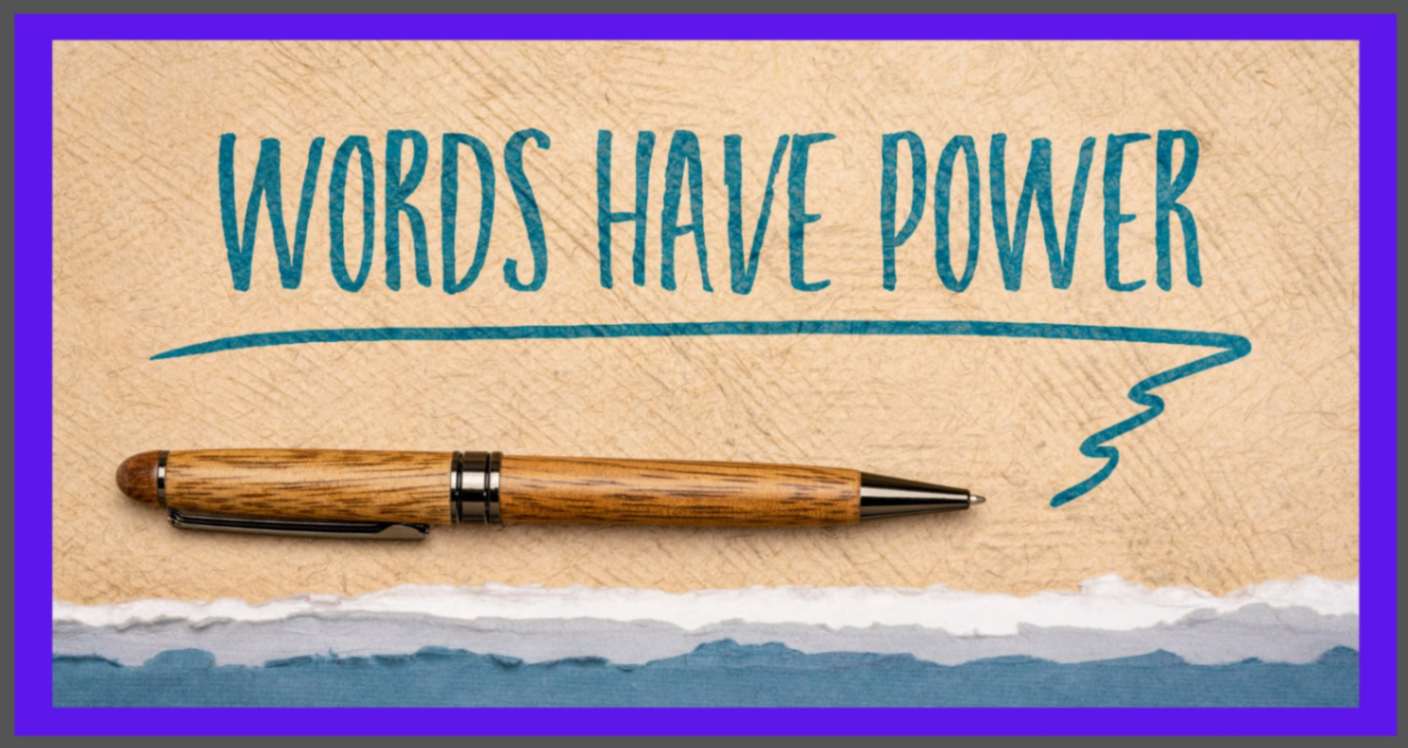
This exercise involves writing persuasive emails or blog posts with a specific goal in mind.
Start by picking an objective, then craft your message to reach that goal. You can also write sales letters for different types of audiences.
Pay extra attention to the structure of your email/post and use persuasive language or "power words" to keep readers engaged.
Side note:
Power words are descriptive, persuasive words that elicit a positive or a negative emotional reaction.
They have the ability to make us feel terrified, encouraged, aroused, furious, greedy, safe, or intrigued.
"Power words" are used by writers, freelancers, copywriters, and digital marketers to spice up their material and push consumers to take action.
Some examples are: Amazing, Courage, Unleash, Flawless, Pissed off, Ruthless ... we could go on forever...
This exercise will help you understand how to effectively communicate with different kinds of audiences and give you practice in crafting persuasive messages that get results.
15. Imagine a customer’s point of view and write from that angle
Start by researching your selected audience, then try to put yourself in their shoes and think as they do.
Use this insight to craft an article or create content that addresses their deep desires.
This exercise will help you better understand how to communicate with customers more effectively and give you practice in writing from different perspectives.
16. Write taglines for products or services

This exercise involves writing taglines for products or services.
Start by researching the product or service, then think of words that summarize its essence and reel people in.
Keep your tagline concise yet catchy, and make sure it reflects the product/service’s unique selling points.
This exercise will help you become better at communicating ideas easily and give you practice in creating messages that grab attention.
Good To Know:
Is slogan and tagline the same?
In a nutshell slogans are used in the selling of products and taglines in the promotion of the brand in general.
Example-for the brand Mercedes Benz.
Tagline: "Mercedes-Benz is a global automobile marque and a division of the German company Daimler AG.
The brand is known for luxury vehicles, buses, coaches, and lorries."
Slogan: “The Best or Nothing”
17. Re-write the same content using different selling points
Start by researching your product or service, then think of other unique benefits you could highlight.
Then rewrite the same content but focus on those new selling points.
This exercise will help you get better at creating persuasive messages and give you practice in promoting your products or services from different angles.
18. Draft up creative briefs for hypothetical projects

This exercise involves drafting creative briefs for hypothetical projects.
Start by coming up with an idea, then write a brief outlining what needs to be done and how you would achieve it.
Make sure the brief is detailed yet concise and gives room for creativity.
This exercise will help you become more organized in your creative process and give you practice in making strategic decisions about how to approach different projects.
19. Take an existing piece of copy and improve it by cutting out 50% of the words
Start by reading through the text, then identify areas where you can delete or rephrase sentences to make them more concise.
Be sure to keep the overall message intact while still making it shorter and more impactful.
This exercise will help you become better at editing your work and give you practice in crafting succinct yet powerful messages.
20. Create a listicle on any topic related to your industry
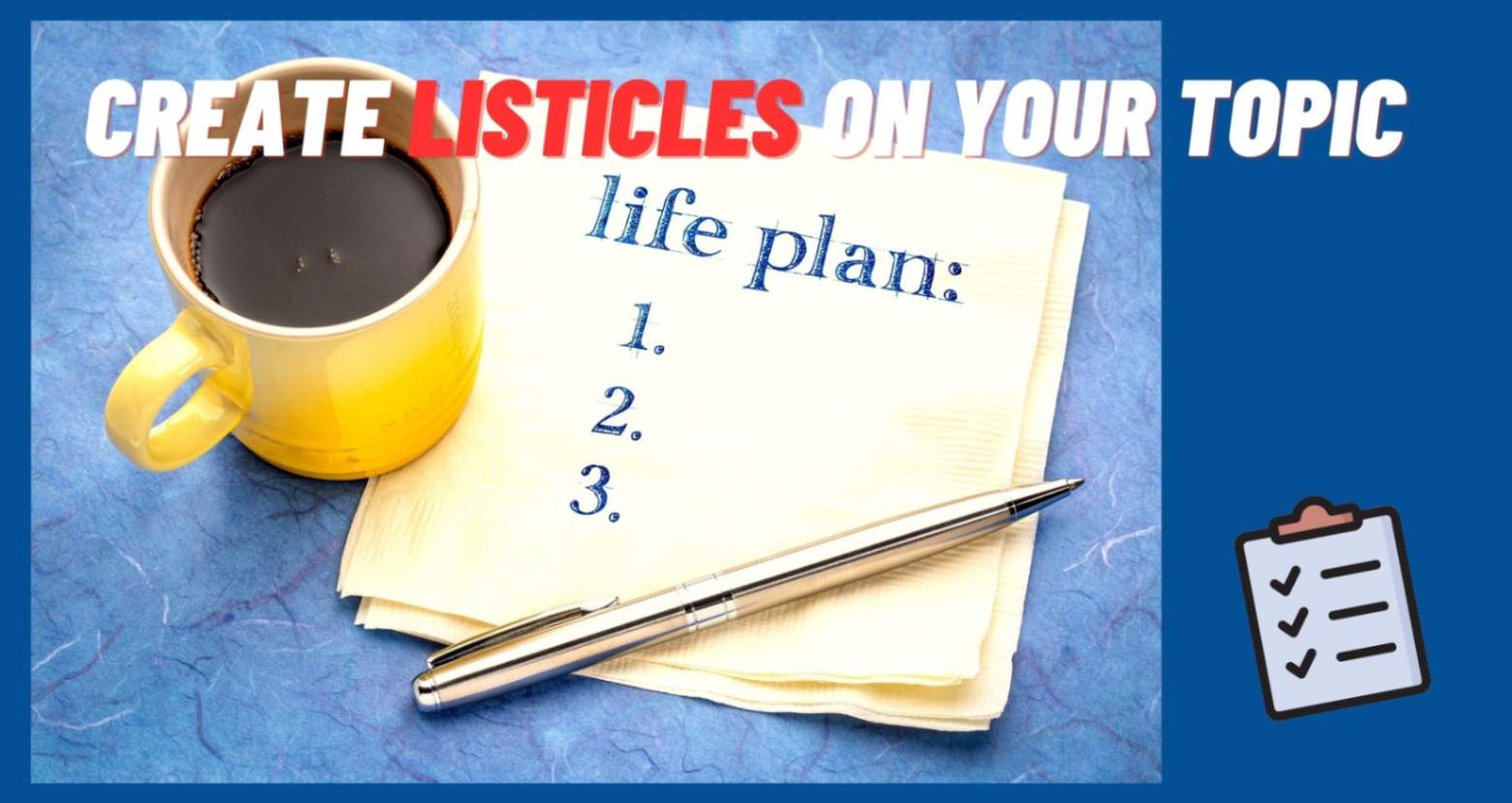
Start by brainstorming ideas and then create a numbered list of the points you want to cover.
Organize the information in a way that’s visual and easy to read, and use relevant images where necessary.
This exercise will help you understand how to effectively communicate complex topics and give you practice in creating engaging content for readers of a landing page.
21. Compose product descriptions in the voice of the customer
Start by researching your target audience, then use their language and thought processes to craft a description that speaks directly to them.
Keep it concise yet engaging, and make sure you highlight any unique features or benefits.
This exercise will help you become better at connecting with customers and give you practice in writing from someone else’s perspective.
22. Investigate what makes customers tick and craft compelling stories around those insights
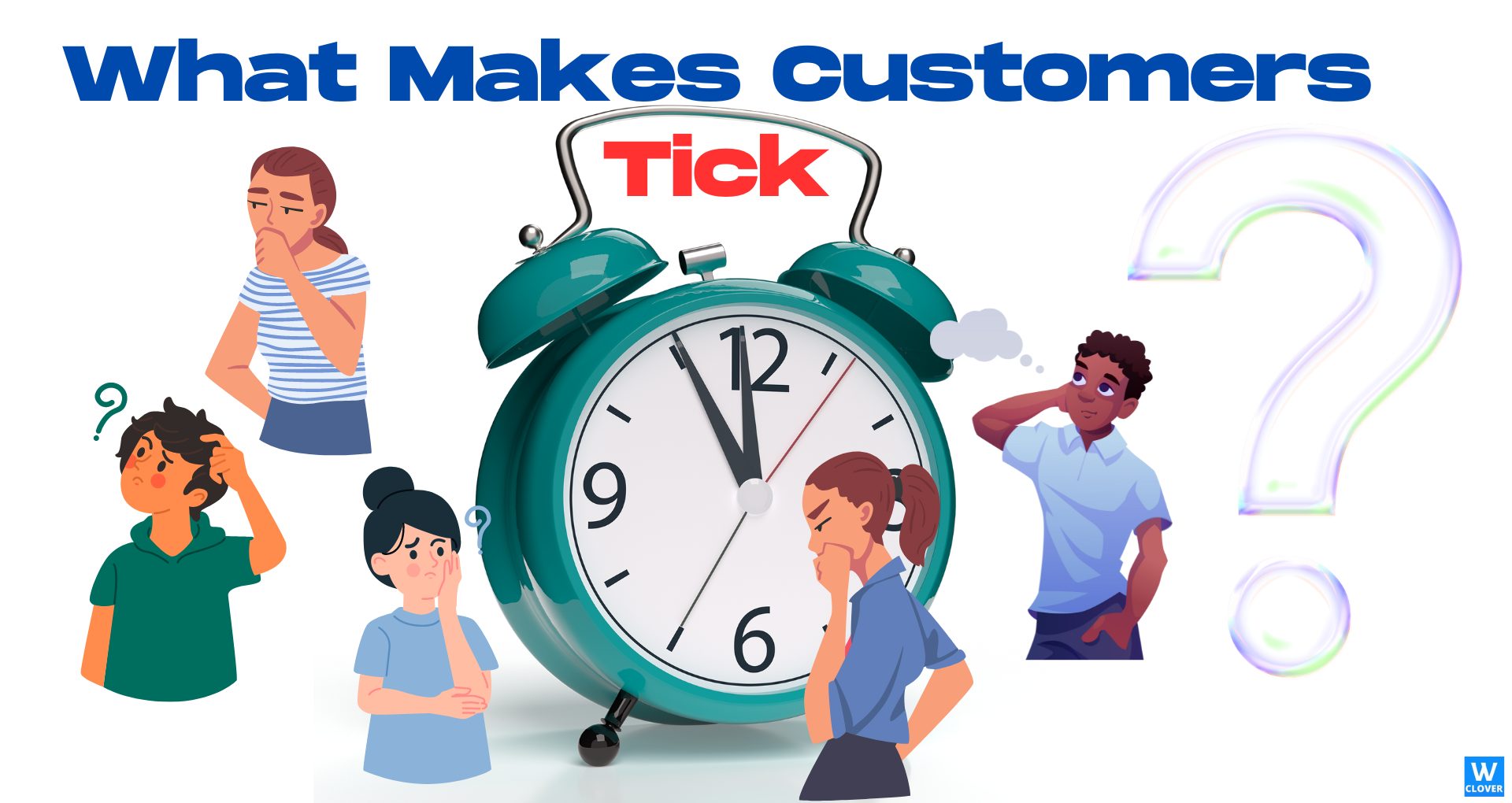
Start by researching the target audience, then pay attention to their motivations, interests, and values.
Use your findings to create engaging stories that will resonate with them.
This exercise will help you better understand customer behavior and give you practice in creating content that touches upon emotions.
23. Research popular topics associated with your brand and write about them
Start by looking at current trends, then use data to find the most relevant topics that people are interested in learning more about.
Write detailed yet accessible blog posts or articles on these topics, making sure to include any unique insights from your brand.
This exercise will help you become better at producing content for different audiences and give you practice in creating share-worthy material.
24. Write a blog or article about copywriting itself

Start by researching the basics of copywriting and familiarizing yourself with different techniques and strategies.
Then write an engaging piece that covers topics such as how to write compelling headlines, common mistakes to avoid, and tips for measuring success.
This exercise will help you become more knowledgeable in your field and give you practice in communicating complex ideas clearly.
25. Create call-to-action statements for different products and services
Creating call-to-action statements is very important for any business, as it encourages customers to take the desired action.
This exercise involves writing call-to-action statements for different products and services.
Start by researching each product or service and getting a better understanding of its features, then use that information to craft effective call-to-actions tailored to the target audience.
This exercise will give you practice in creating persuasive messages and help you become better at encouraging people to take action.
So, these are all the copywriting exercises that can help you become a pro copywriter in no time. All you need to do is practice and keep learning more about the craft.
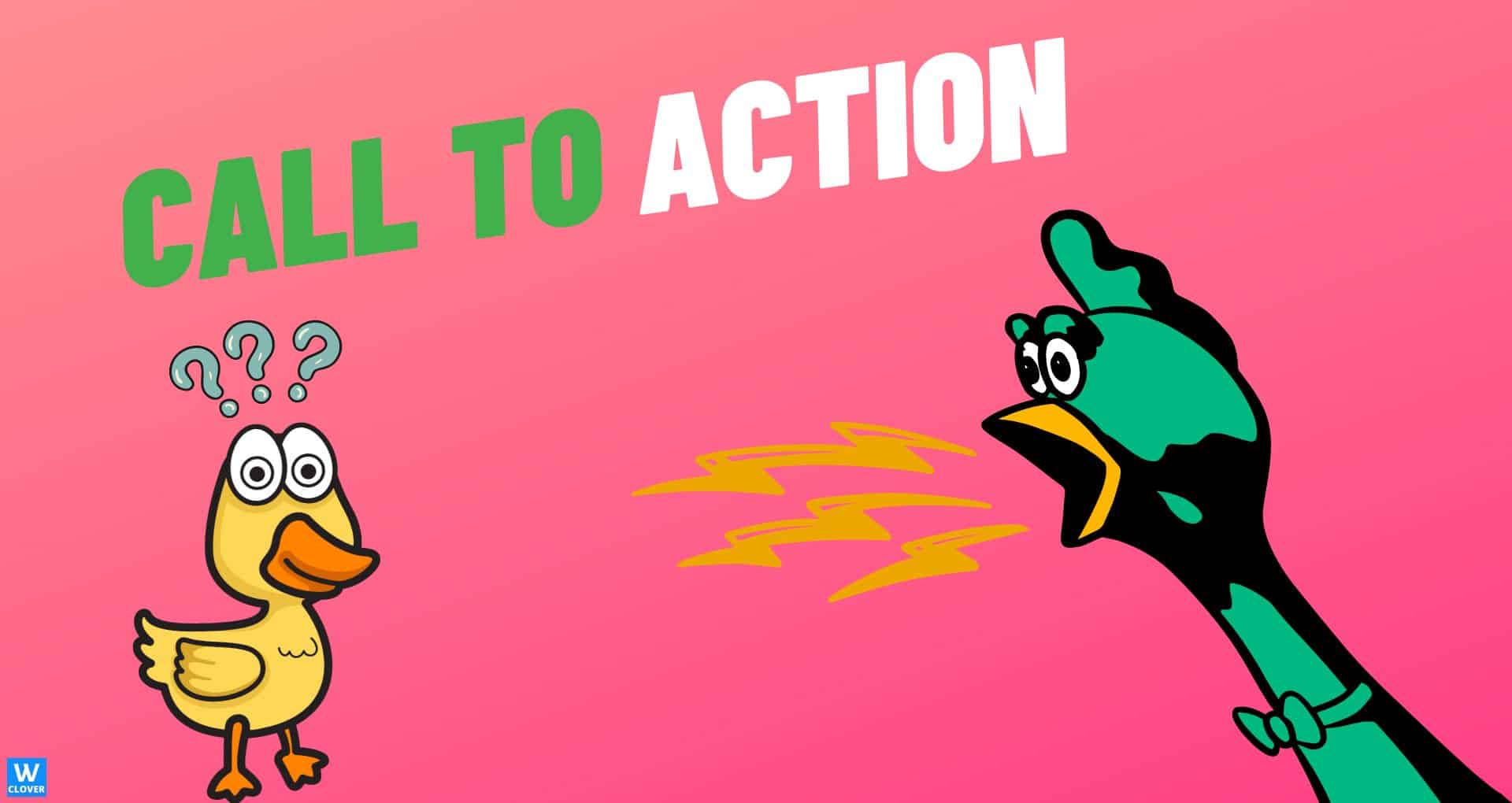
The key to becoming an expert copywriter is practice and dedication. Whether you're just starting out or already have some experience, plenty of exercises can help you practice your art and become better at copywriting.
From researching topics to creating call-to-action, these exercises will give you the skills to produce compelling content for any audience.
Just remember to keep learning and keeping notes using your own swipe file and don't be afraid to try new things.
FAQs

Here are some common question that comes to the mind
Who Needs Copywriting?
Copywriting is an important skill for anyone who works in marketing, advertising, public relations, content creation, or any other profession that involves communicating with customers.
Professionals from all industries and at all levels of experience can benefit from mastering the art of copywriting.
What Are The Examples of Copywriting?
Copywriting includes any type of persuasive writing that is aimed at convincing the reader to take a specific action.
Examples include web page content, email campaigns, advertisements, blog posts, press releases, product descriptions, etc.
Why Is Copywriting Important In Online Marketing?
Copywriting is essential for online marketing because it helps businesses engage with potential customers and encourage them to take action.
It allows brands to tell their stories, establish an emotional connection with the audience, and make their products or services stand out from the competition.
What Are The Benefits of Copywriting?
The benefits of copywriting include creating persuasive messages that can draw in more customers, driving higher conversion rates, and helping brands build trust and credibility with their target audiences.
Besides, good copywriting also improves SEO rankings by providing search engines with relevant content that increases website traffic.
Will Copywriting Be Automated?
Copywriting is a creative skill that requires human input and cannot be automated so easily as creating an informative article for example.
Automation of copywriting tasks such as proofreading, editing, and formatting may become more common in the future.
However the writing itself must still be done by a professional since AI (artificial intelligence) is logical but not emotional.
Side note (from an extract of my epic book "Explosive Copywriting" )
Good To Know:
7 fundamental core emotional Hooks
copywriting is a skill of playing on emotional manipulation by understanding these 7 fundamental core emotional Hooks, that humans thrive on, you will be able to develop your own techniques and copywriting strategies :
- Self-satisfaction
- Desiring fun and excitement
- Being popular
- Disposing of free time
- Striving for wealth (financial security)
- Being physically secure and safe
- Feeling desired and attractive with good looks
Final Thoughts

I have always been fascinated by copywriting, it sort of gives you the power, to get people to see what you want them to see and feel. Maybe a sort of "hypnosis" don't you think?
The day that I realized that the 7 core emotional hooks, make genetically the entire human race "tick" the sky was the limit!
If you just stop to think for a second, at the end of the day copywriting is not an option any longer!
Why you may ask? well, everything you do online or offline will need some form of skill in copywriting.
For example, if you do affiliate marketing, email marketing, blogging, drop shipping, Ads, or just writing a letter of motivation for a job, you will need to have the "power of persuasion"
Hell, even when you ask your bank for a few extra days in credit overdraft, you have gotta be very persuasive, let alone when you have to prepare a business plan to be able to get a bank loan!
Copywriting is a valuable skill that can help you stand out in the competitive business or job market.
You can become an expert and unlock many career opportunities by practicing and mastering various copywriting exercises.
From crafting persuasive headlines to creating call-to-action slogans – these exercises cover everything you need to know about copywriting and will help you to hone your craft.
With dedication and practice, and being armed with the relevant persuasion tactics, anyone can become a professional copywriter!
SUGGESTED ARTICLES
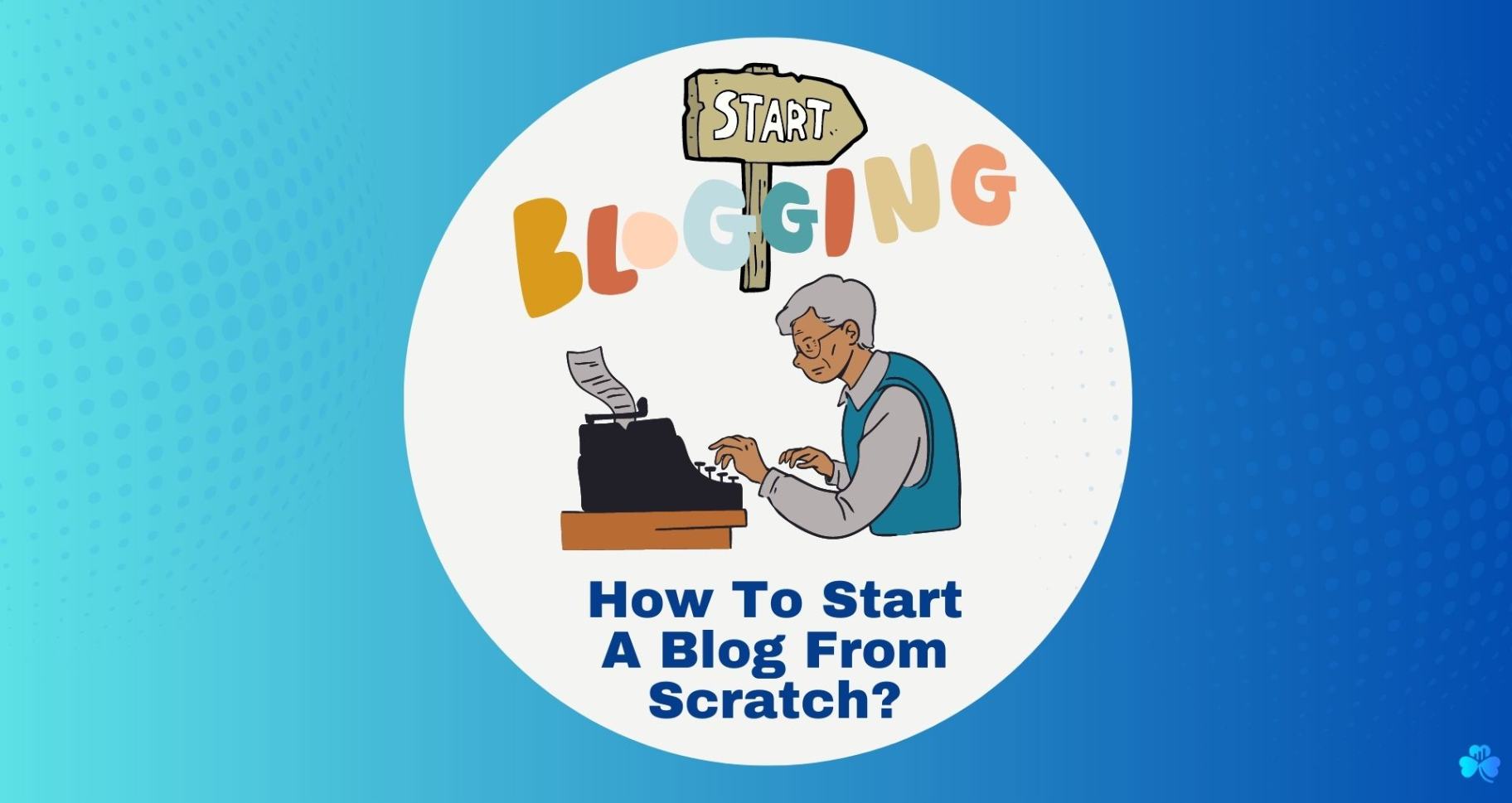
How To Start A Blog From Scratch – Is It Worth It? [2023]

54 Easy Blogging Niches with Low Competition In [2023]

23 Affiliate Marketing Content Ideas To Drive More Sales [2023]

21 Best CPA Networks For Beginners In 2023 [Fast Approval]
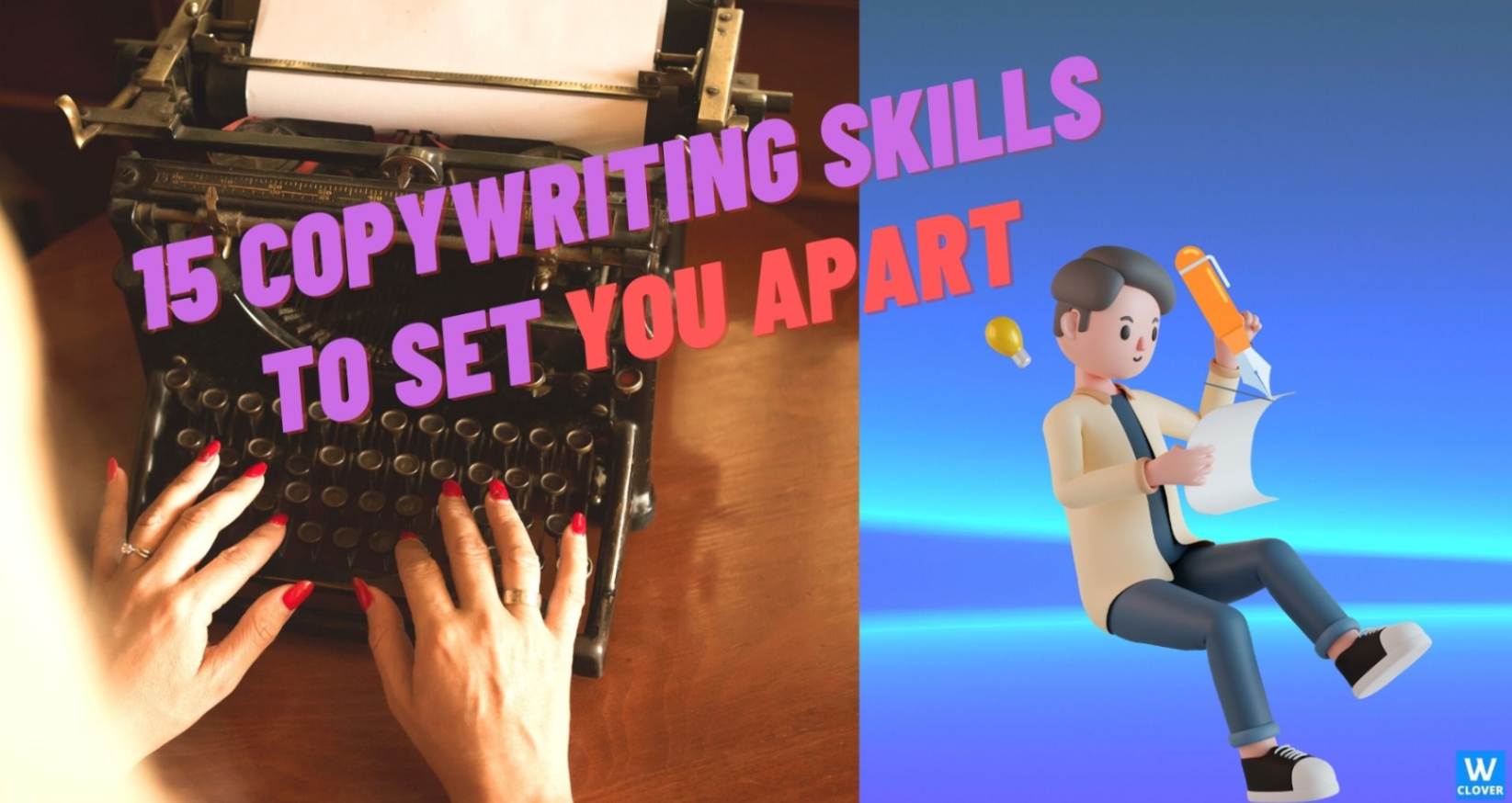
15 Copywriting Skills To Set You Apart In [2023]
